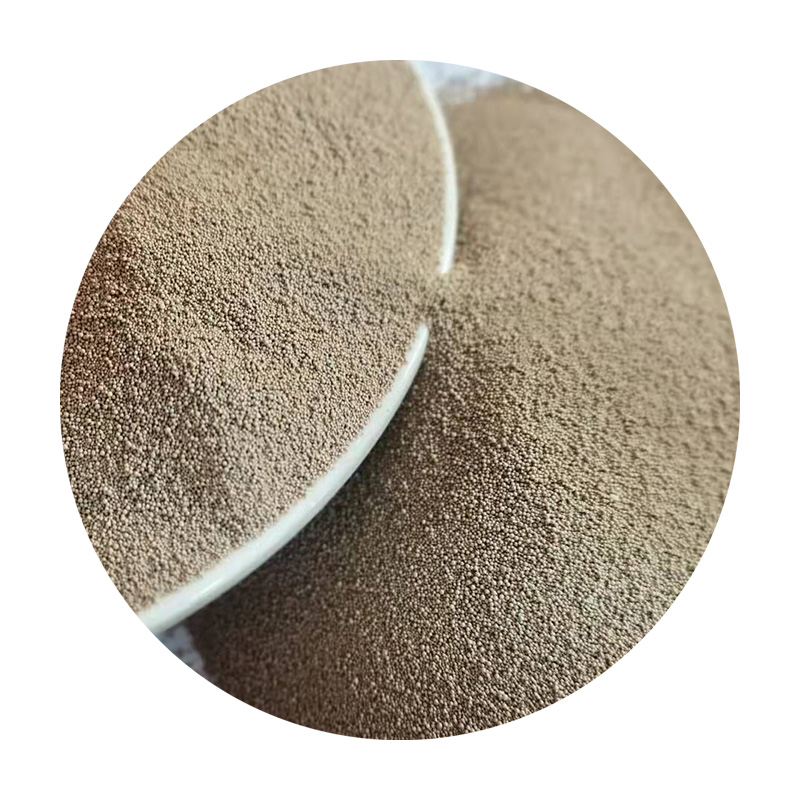How to Make Foundry Sand
Foundry sand is a crucial material in the metal casting industry. It serves as a mold for various metal components, offering the necessary heat resistance and strength to withstand the casting process. Making your own foundry sand can be a rewarding and cost-effective endeavor. Here’s a step-by-step guide on how to create foundry sand.
Step 1 Gather Materials
The primary component of foundry sand is silica sand, which is distinguished by its fine texture and high purity. You will need high-quality silica sand, clay (such as bentonite), and water. Optional additives include coal dust or a similar carbonaceous material, which can improve the sand's properties.
Step 2 Sieve the Sand
Before use, ensure that the silica sand is free from impurities. Sieve the sand to remove any gravel or large particles. This step is essential for ensuring a uniform consistency, which is vital for producing high-quality molds. The desired grain size should typically be between 0.2 mm and 0.6 mm.
Step 3 Mix the Binder
The binding agent, which helps the sand stick together and hold its shape during the casting process, is typically clay. A standard mixture consists of about 4-6% bentonite clay to the total mass of sand. In a separate container, mix the clay with a small amount of water to form a slurry. This helps evenly distribute the binder throughout the sand.
how to make foundry sand

Step 4 Combine the Sand and Binder
Slowly add the clay slurry to the bulk of the sand, mixing thoroughly. It’s essential to work in small batches, ensuring that each portion of sand becomes uniformly coated with the binder. Use a shovel or a sand mixer to achieve better consistency. The mixture should feel damp but not overly wet; aim for a consistency that holds together when squeezed in your hand.
Step 5 Add Optional Additives
If you wish to enhance certain properties of your foundry sand, now is the time to add optional components like coal dust to improve thermal conductivity. Again, mix thoroughly to ensure even distribution.
Step 6 Test the Mixture
Before using the sand for actual casting, conduct a small test. Pack the sand tightly into a mold and allow it to dry slightly. Pour a small amount of molten metal into the mold, observing how well the sand holds its shape and detail. Adjust the mixture as needed based on the results.
Conclusion
Making foundry sand is an intricate process that requires attention to detail. By following these steps and experimenting with proportions, you can create high-quality foundry sand tailored to your specific casting needs. Whether for hobbyist projects or small-scale production, mastering this technique will allow you to produce molds with precision and durability.
Post time:Oktoba . 12, 2024 03:19
Next:China Sand Casting Manufacturing Solutions for High-Quality Metal Components and Custom Parts
